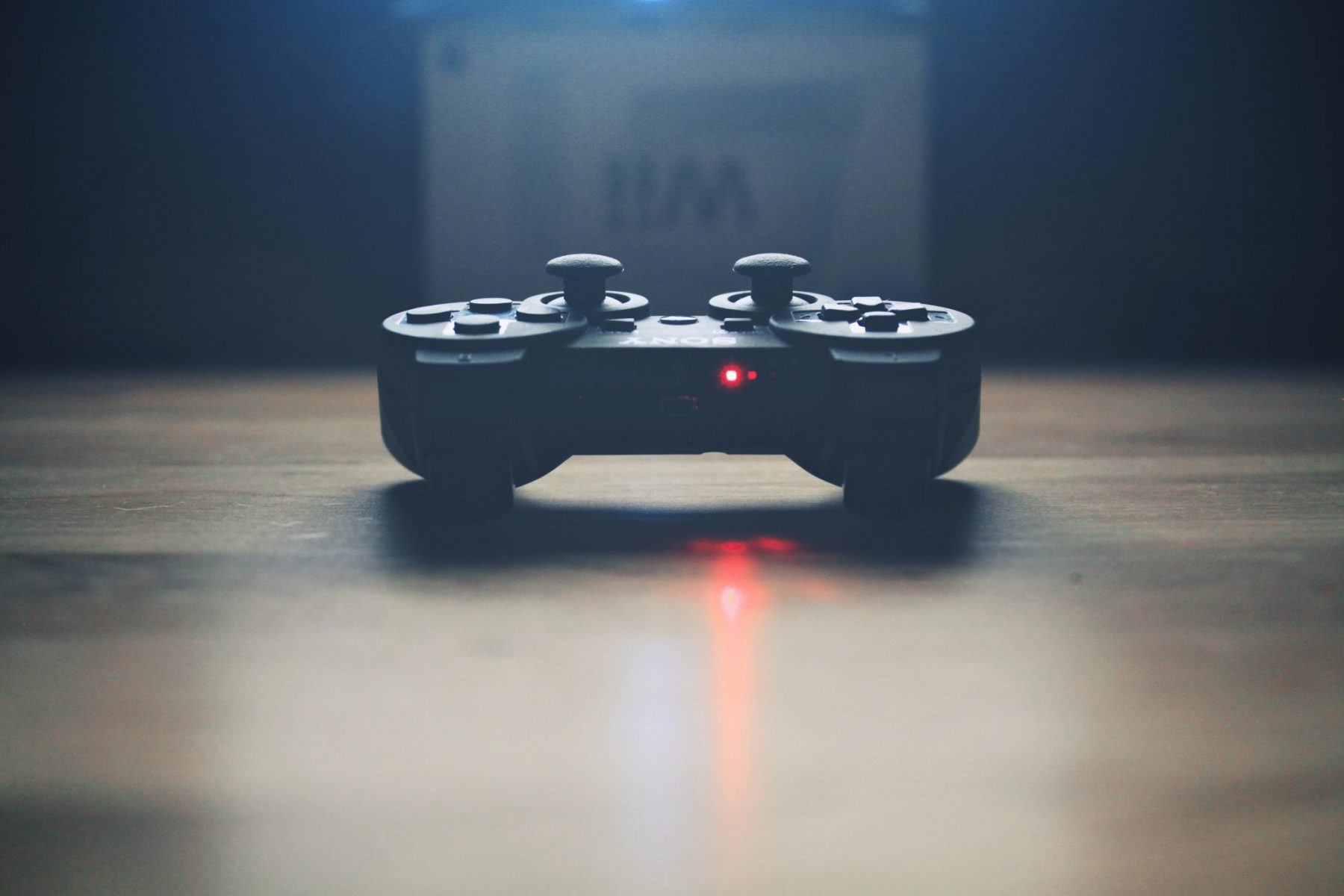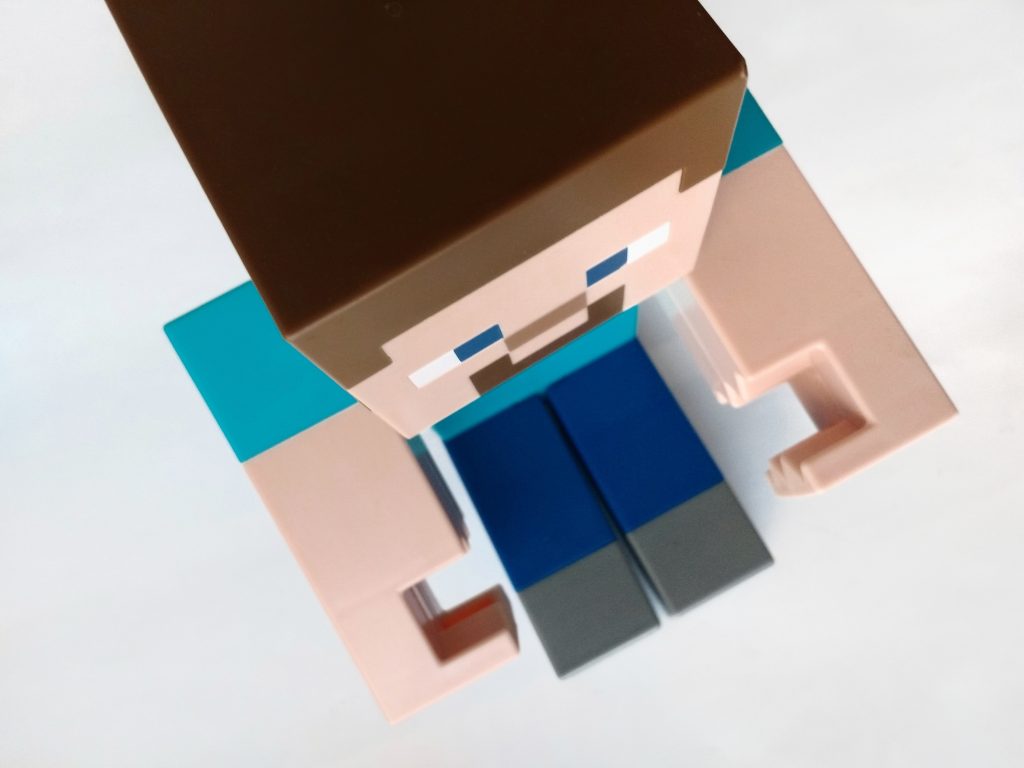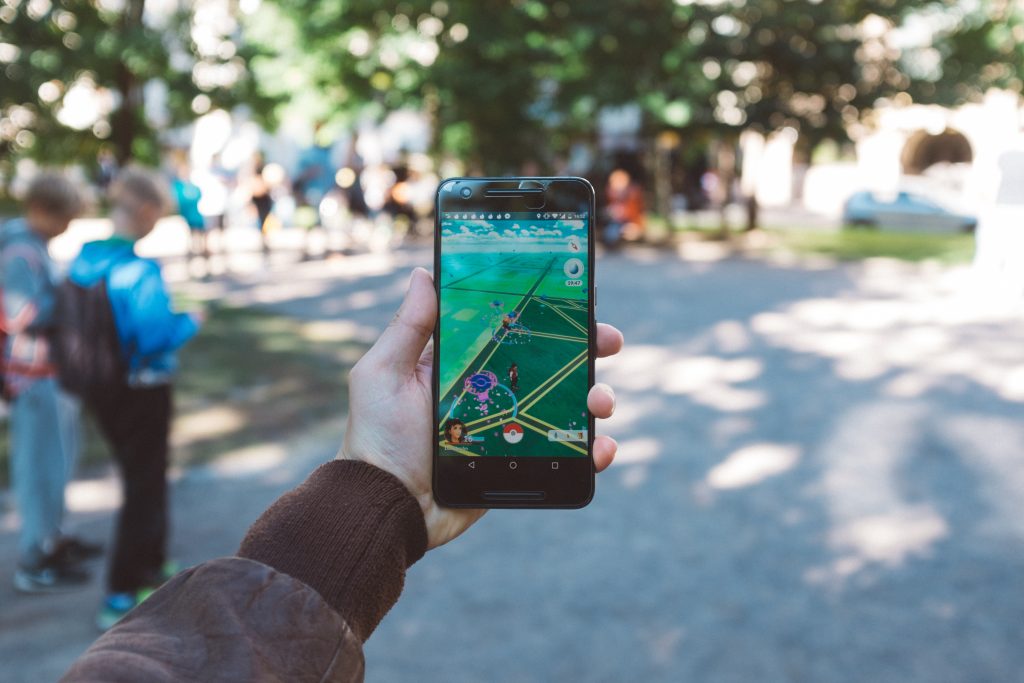
In recent years, educators who spend any time on the internet have no doubt come across one particular buzzword: gamification. For anyone struggling to boost engagement in snoozy subjects, it seems like the perfect solution. The term is often confused with another popular pedagogy: game-based learning. So—what’s the difference? And more importantly, which works better?
Caveat: this article focuses primarily on the digital side of using games to enhance education. Gaming in education certainly exists IRL and has been shown to be highly effective, but that’s a subject for another time.
The Difference Between Gamification and Game-Based Learning

With gamification, the educator starts with your educational material. She then applies techniques that tend to hook learners to said material. This might involve point-scoring, achieving badges, keeping a leader board (and rewarding those leaders), developing a narrative and characters around the material, implementing problem-solving into the process, etc. In other words, it goes something like “learning module -> x -> gamified learning.”
Game-based learning, on the other hand, goes in the opposite direction. An educator begins first with an existing game (or in rare circumstances, one he designed). He then transforms course material to fit that game. For example, the most recent version of “Assassin’s Creed” involves a type of gameplay called ‘Discovery Mode.’ This allows the gamer to tour through the completely recreated ancient city of Alexandria in Egypt (along with the surrounding regions). It was designed by a team of leading Egyptologists and no violence or mischief is involved. The map guides the gamer to notable sites and includes descriptions and the source material used to reimagine them.
Then there’s KFC, which debuted a VR fry cook training module last summer. After donning the VR headset, rookie fry cooks find themselves in an escape room-type environment. They are tasked with correctly frying up the signature chicken while the specter of Col. Sanders heckles them.
Related, but Notably Different
Many don’t fully understand the difference between the two. For example, eLearning Inside published an article earlier this year on digital badges, a hallmark of gamification. One commenter writes, “Just because badges may not have a significant impact within education does not mean gamification in general is a failed experiment. My son is 9 years old and typing over 50 words per minute. How? Because of a typing game… he’s been obsessed with it. If his typing practice wasn’t gamified he’d probably still be typing with 2 fingers. It’s the best example I’ve seen so far where gamification is extremely effective.”

This typing game appears to fall more into the game-based learning category.
There is obviously overlap between the two pedagogies, but game-based learning as it is practiced today typically involves an off-the-shelf video or board game while gamification tends to be more IRL or bootstrapped to an LMS.
So—which is more effective?
As broad as both categories might be, a significant body of research exists on both subjects. One can find 421 articles that touch on GBL on JSTOR, while 234 mention gamification. That body continues to grow, and much more is needed before one can discuss either with absolute certainty.
But as things stand, a few conclusions have begun to materialize.
Gamification Is Effective if Well-Designed
Gamification expert Yu-kai Chou has been working on gamification since 20013. He maintains a website on the subject and regularly compiles successful examples. As an advocate, these examples are no doubt cherry-picked to some degree. But considering the sheer volume, it’s hard to argue with the stats. Check here for over 90 examples of successful corporate gamification examples.
For a different perspective, see video game designer Ian Bogost’s blog post on why “Gamification Is Bulls***.” Don’t let the title fool you—Bogost has a Phd on the subject and is well regarded in the community. And his argument is a compelling case against some of the flashier instances of the practice.
Supporting Bogost, researchers at Gartner found in 2012 that 80% of gamification efforts fail to meet business objectives.
A key quality of gamification is that onus is on an educator or a smaller educational content provider to design the game. That means less time, lower budgets, and fewer resources. As a result, a good many studies tend to find lukewarm results. Many qualities of gamification, such as digital badges, certainly won’t improve learning on their own.
So—What About Game-Based Learning?
On the flip side, educators like to use games such as Minecraft, Civilization, Roller Coaster Tycoon, even Tomb Raider to enhance their lessons. Compared to gamification, game-based learning tends to have a wider consensus for its efficacy.
“I think we’re lucky enough at this point,” said Benjamin Kelly, who teaches technology in a rural district in New Brunswick, Canada. He has been creating Minecraft-based learning modules for years. “You have to be living under a rock to not know what Minecraft is and not know the power it has over kids. If anything, the questions I’m getting are ‘Why do you let them play so much Minecraft?’ Or “Why are kids on Minecraft at school and at home?’”
“One of the greatest comments ever came from one of my own child’s teachers, who said, ‘I’m not sure if I’m ok with kids playing Minecraft because it’s so engaging, it makes everything else in school less engaging for them.’ So you can imagine sitting there as a Minecraft mentor, the biggest smile came over my face. Because the obvious answer is, well, it sounds like someone needs Minecraft in school.”
But while this difference in public attitude exists, it’s possible that game-based learning has benefitted from a lopsided dynamic. With gamification, it’s up to educators to make their learning module more entertaining. With game-based learning, those educators must take an already highly entertaining game and make it educational. Educators—by definition—are trained to educate first and entertain second. In this sense, the average teacher might want to stick with their strengths. That said, countless teachers excel in the entertainment department. When strategically choosing between GBL and gamification, therefore, any teacher needs to involve some honest self-assessment before proceeding.
Cover Image: Paul Kadysz, Unsplash.









actually Iwan to ask you is that for Online Job as well in America Texas so kindly due to till in 2020 in next year also If it is possible to you also. actually I have applied for my Online Job as well. in Marach . the date will be 19th